The untold story of the architect who turned Spain’s modernist power plants into art

This is a tale of both a family and a country, and their heritages that spanned nearly half a century.
Deep in the Cantabrian Mountains, some 150 kilometres away from his hometown Oviedo in northern Spain, a young Joaquín Vaquero Palacios (1900-1998) used to travel around on horseback with his father, one of the founders of the Hidroeléctrica del Cantábrico company (now part of the EDP group). Here, immersed in resplendent scenery, they scouted for a location for what would become the second largest hydroelectric dam in Europe at the time.
But this was to be no ordinary dam. In the 1950s, Vaquero Palacios – now a trained architect, painter and sculptor – was entrusted by the company’s management to use his creative mind to enhance the environment and condition of its facilities. Over the coming decades, he created some of the finest examples of 20th-century modernist Spanish industrial buildings, integrating technology, architecture, design and art.
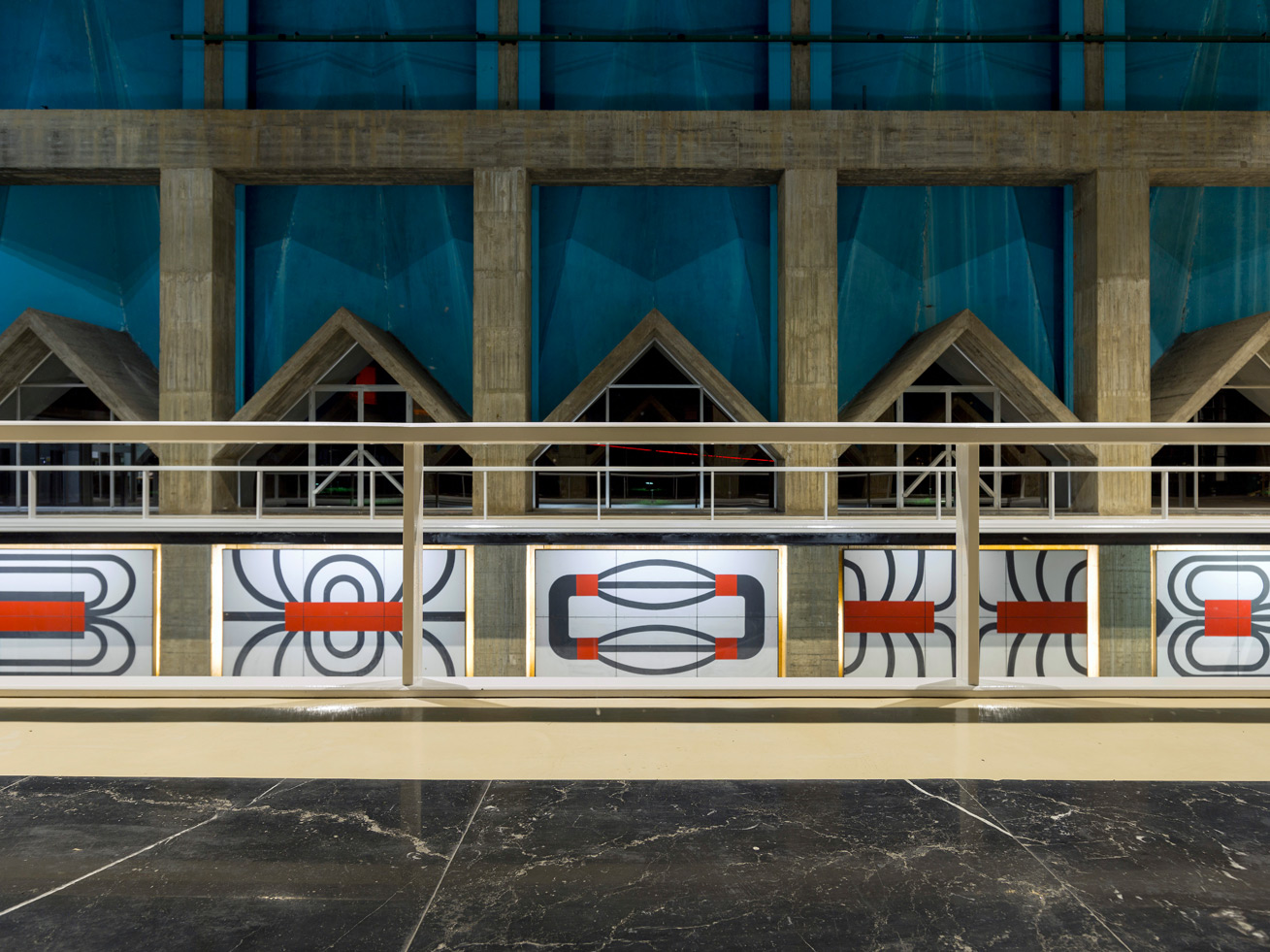
Proaza hydraulic power plant, Trubia River in Proaza, opened 1968, owned by EDP.
Fast forward to 2018 and Joaquín Vaquero Ibáñez, the architect grandson of Vaquero Palacios, who some 18 months ago decided to bring this project to light. ‘This body of work represents the futuristic vision from a very complicated period of Spanish history (the time after the Second World War and the end of the Civil War in Spain). People were able to break local barriers to impose intelligence, sensibility, modernity and an advanced vision of things,’ he says.
Madrid photographer Luis Asín was commissioned to create a new series of visuals to document the dams’ pharaonic dimensions. These images, alongside a selection of unseen old models, original sketches, period photographs and industrial objects, are now part of the exhibition (and accompanying book), ‘Joaquín Vaquero Palacios – The Beauty of the Colossal, Asturias, 1954-1980’, on view at the Museo ICO in Madrid.
Vaquero Palacios started working on Salime, the company’s first plant in Asturias in the late 1950s, and later came the prosperous plants Miranda (1962), Proaza (1968), Aboño (1980), and Tanes (1980). Greatly influenced by both his native landscape and his journeys to places including New York, Mexico City and Rome, the multi-faceted creator designed buildings covered with façades of fractured concrete planes, showing clear influence of expressionist architecture, and designed concrete viewpoints from where to appreciate the monumentality of the dam.
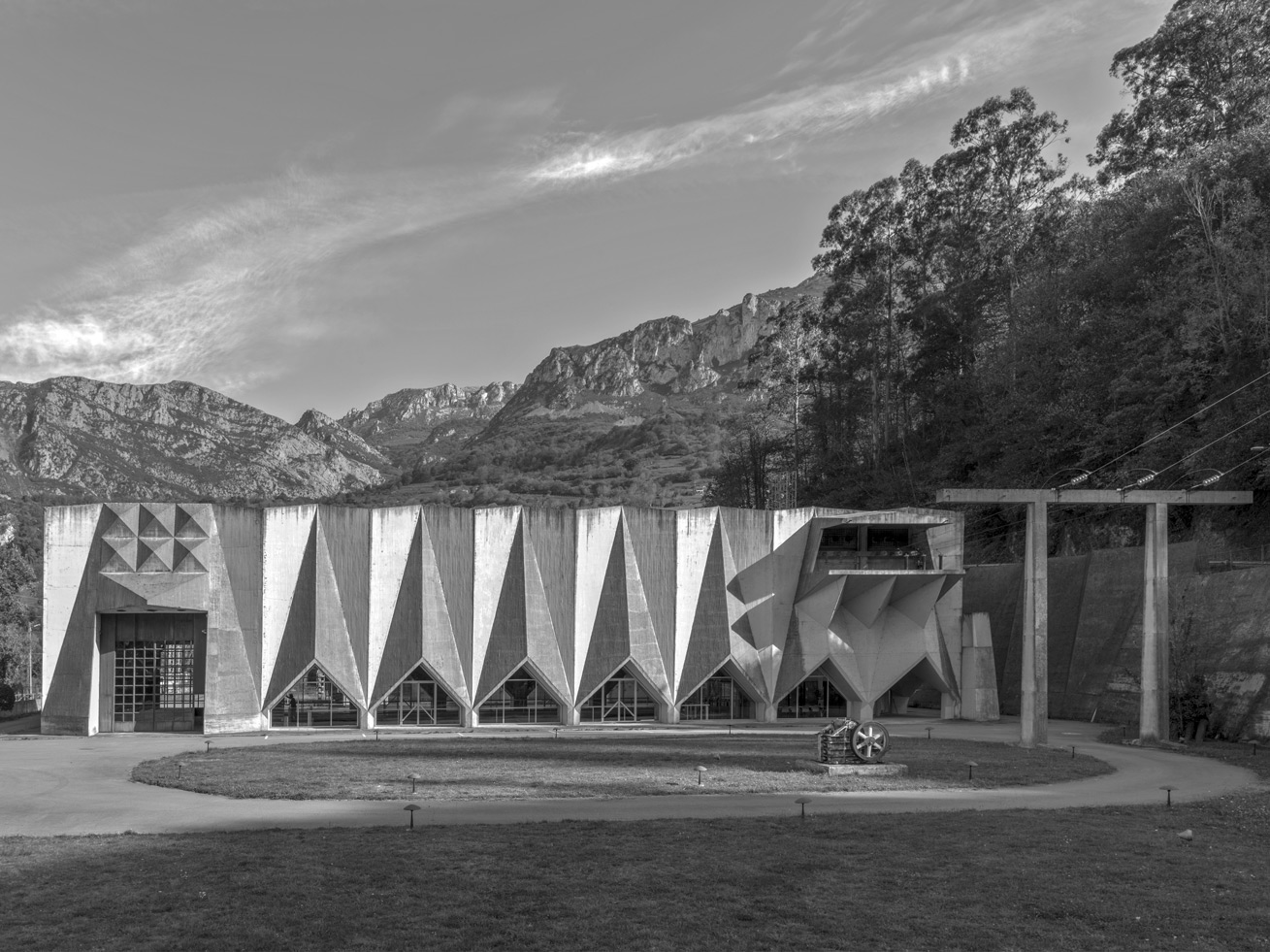
Proaza hydraulic power plant, Trubia River in Proaza, opened 1968, owned by EDP.
The interior is adorned with design elements such as staircases that feature handrails made of electric-cable; a free-standing circular wooden pavilion, in an imitation of a turbine, is placed in the common area as the meeting place; and in the main turbine hall, a vibrant pair of murals cover each side of the room, a co-creation with his son Joaquín Vaquero Turcios (Vaquero Ibáñez’s father). The architect affirmed that the integration of the arts in engineering was absolutely necessary: ‘All our day-to-day activities are saturated so we need to be appeased in some way to survive the tensions which we are subjected to.’
Receive our daily digest of inspiration, escapism and design stories from around the world direct to your inbox.
The achievement is more than an artistic intervention: the creator has succeeded in transforming these spaces through art and architecture; he has dignified the workplace and eliminated the workers’ sense of being buried in underground areas that can plunge as deep as 300 metres. ‘The concept of Gesamtkunstwerk, which balances engineering, architecture, interior design, design and art is something that we should take more in mind in our world of specialisation. We need people with a more general overview of our actual problematics,’ says Vaquero Ibáñez.
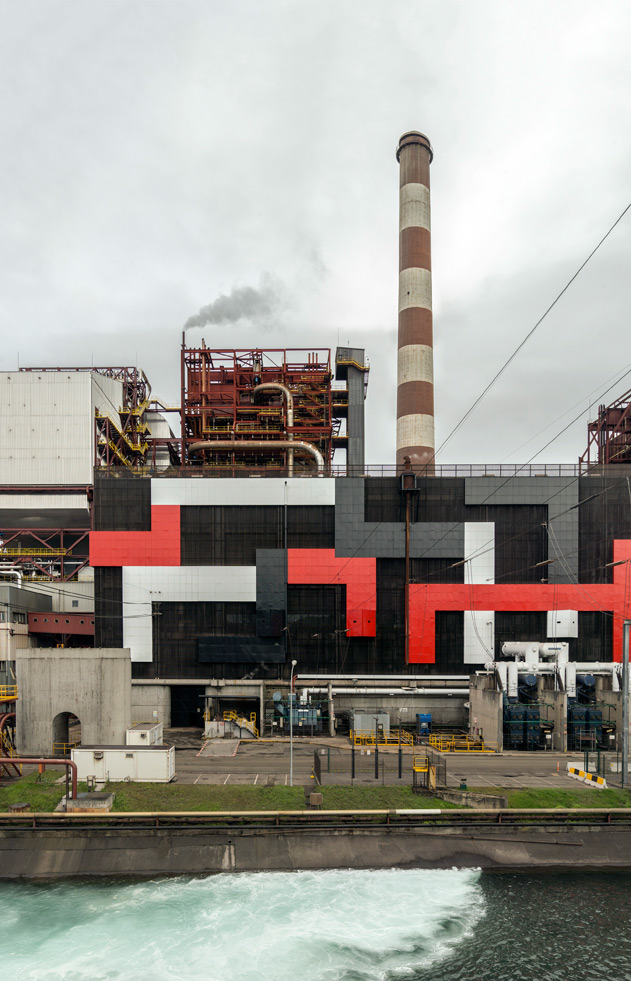
Aboño thermal power plant, Aboño valley between the municipalities of Gijón and Carreño, opened 1980, owned by EDP.

Salime hydraulic power plant, Rio Navia, opened 1954, owned by Saltos del Navia, CB.
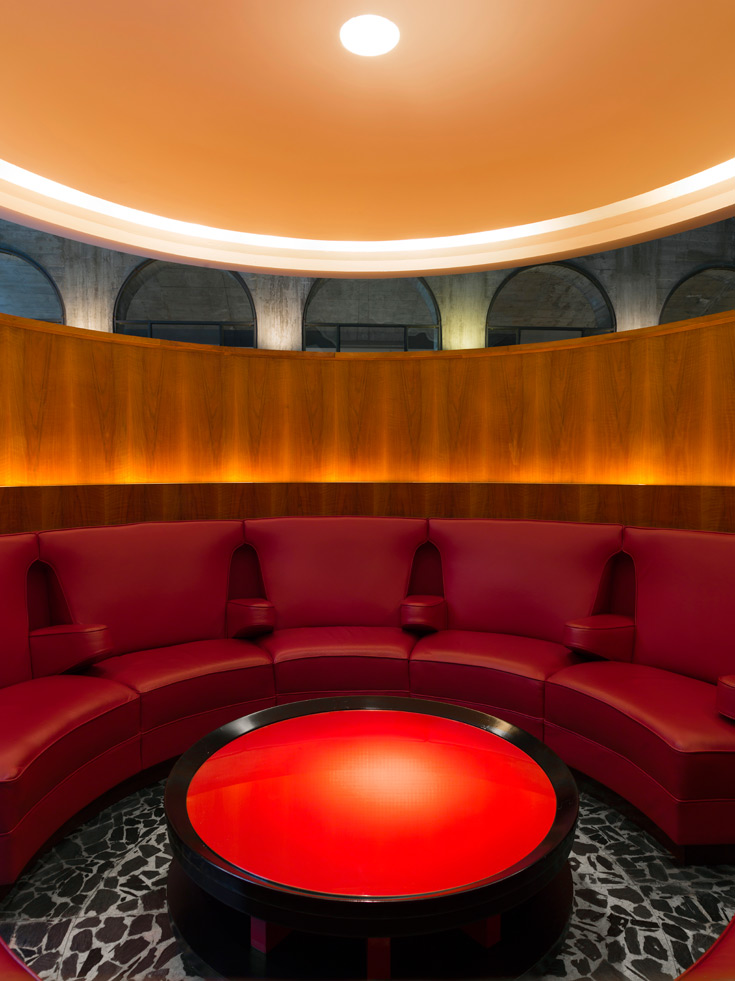
Salime hydraulic power plant, Rio Navia, opened 1954, owned by Saltos del Navia, CB.
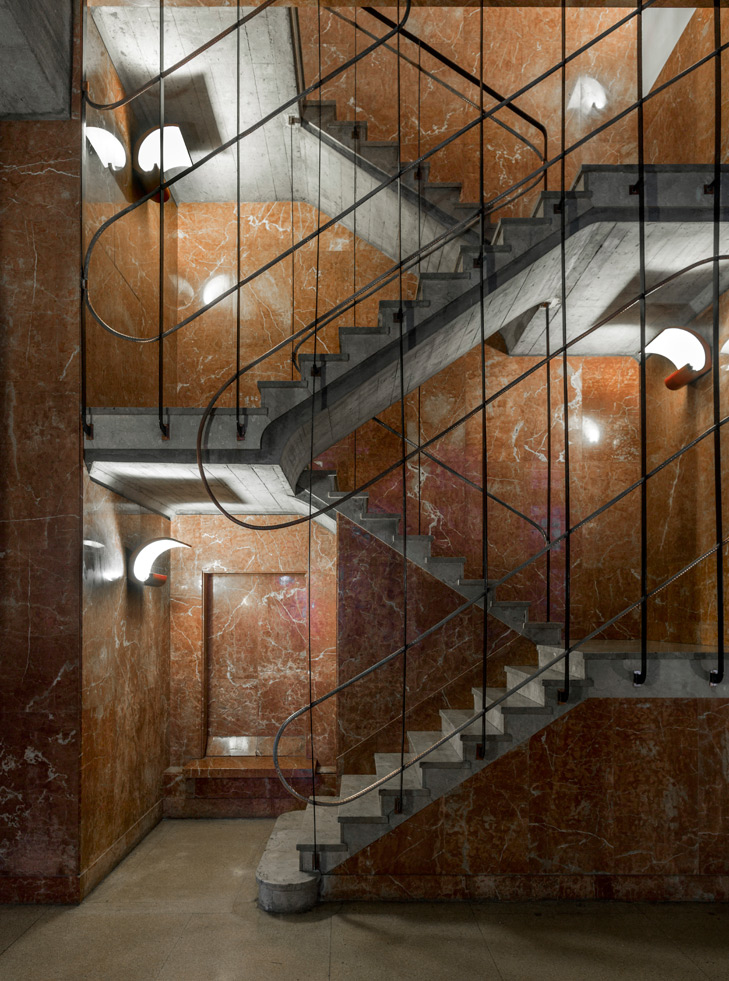
Salime hydraulic power plant, Rio Navia, opened 1954, owned by Saltos del Navia, CB.

Aboño thermal power plant, Aboño valley between the municipalities of Gijón and Carreño, opened 1980, owned by EDP.

Proaza hydraulic power plant, Trubia River in Proaza, opened 1968, owned by EDP.
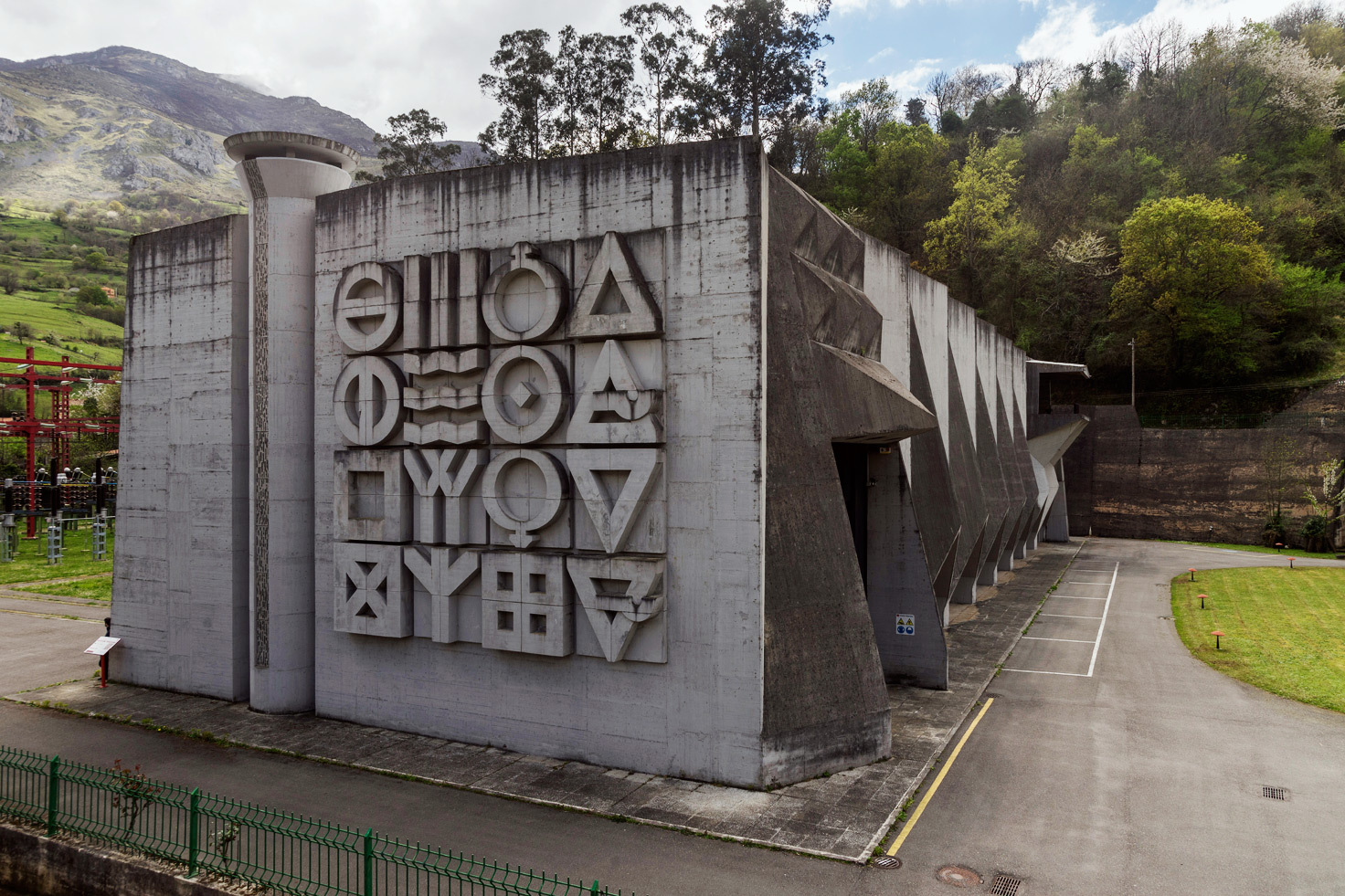
Proaza hydraulic power plant, Trubia River in Proaza, opened 1968, owned by EDP.
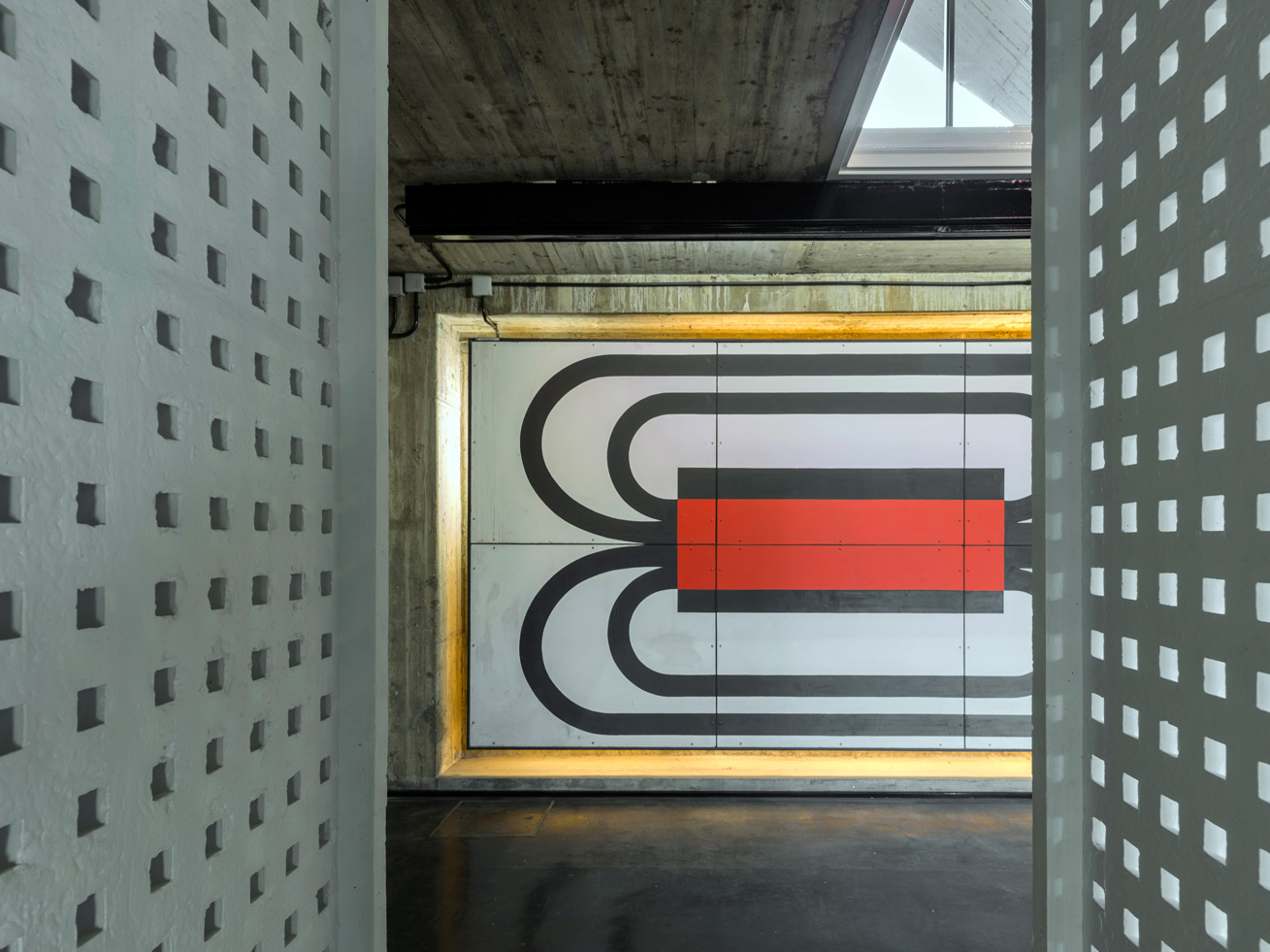
Proaza hydraulic power plant, Trubia River in Proaza, opened 1968, owned by EDP.
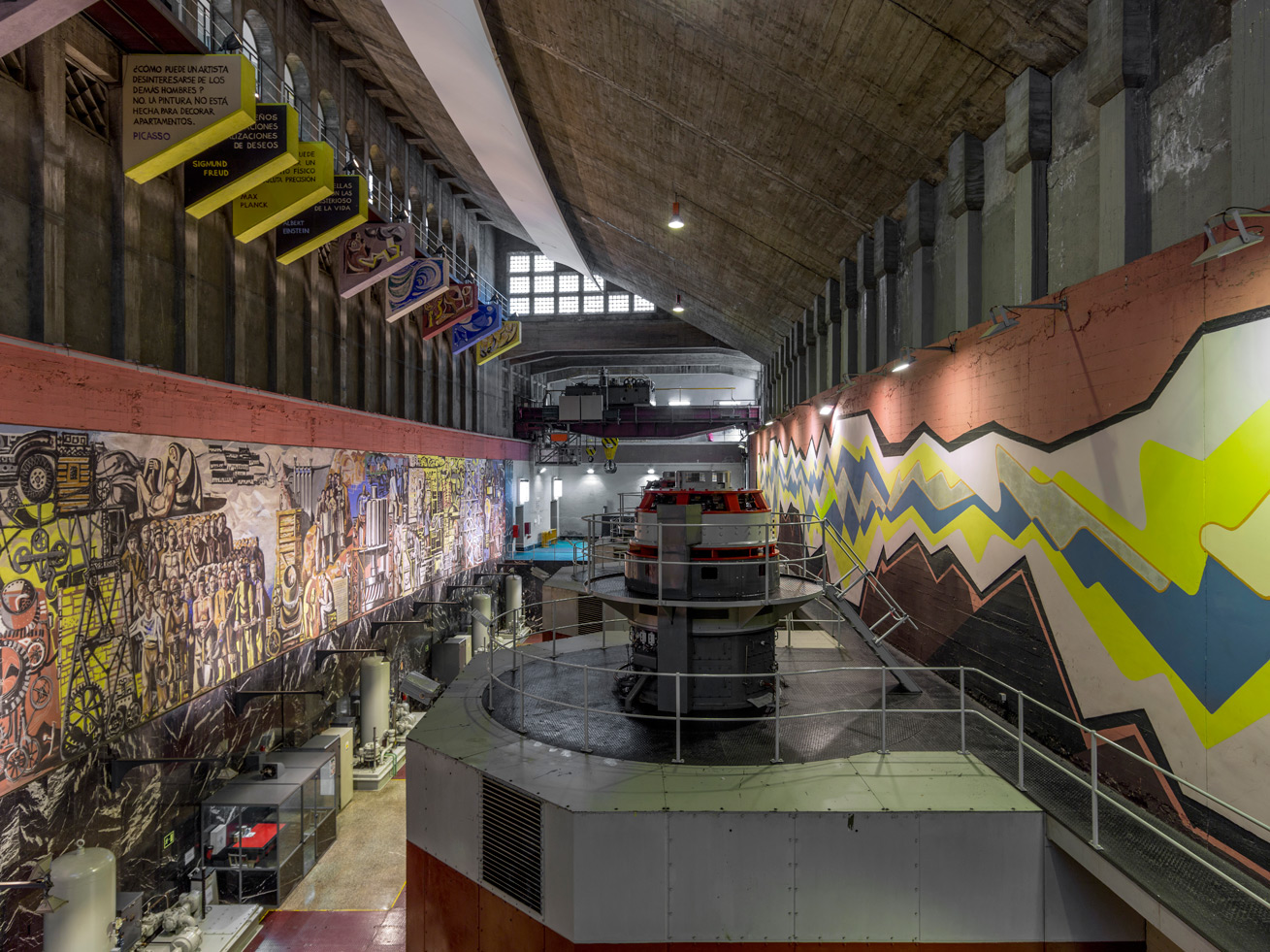
Salime hydraulic power plant, Rio Navia, opened 1954, owned by Saltos del Navia, CB. In the large turbine hall are two huge murals, a joint creation by father and son, Joaquín Vaquero Palacios and Joaquín Vaquero Turcios. The first of the murals, La Chispa, is colourful and abstract, representing an electric discharge between two terminals. The second of the murals, 300 sq m in size, narrates the complex history of the construction process of construction of the dam, from Vaquero Palacios’ arrival on horseback to the town of Grandas de Salime until the final use of the dam.

Tanes hydraulic power plant, Nalon River, Caso and Sobrescobio, opened 1978, owned by EDP.
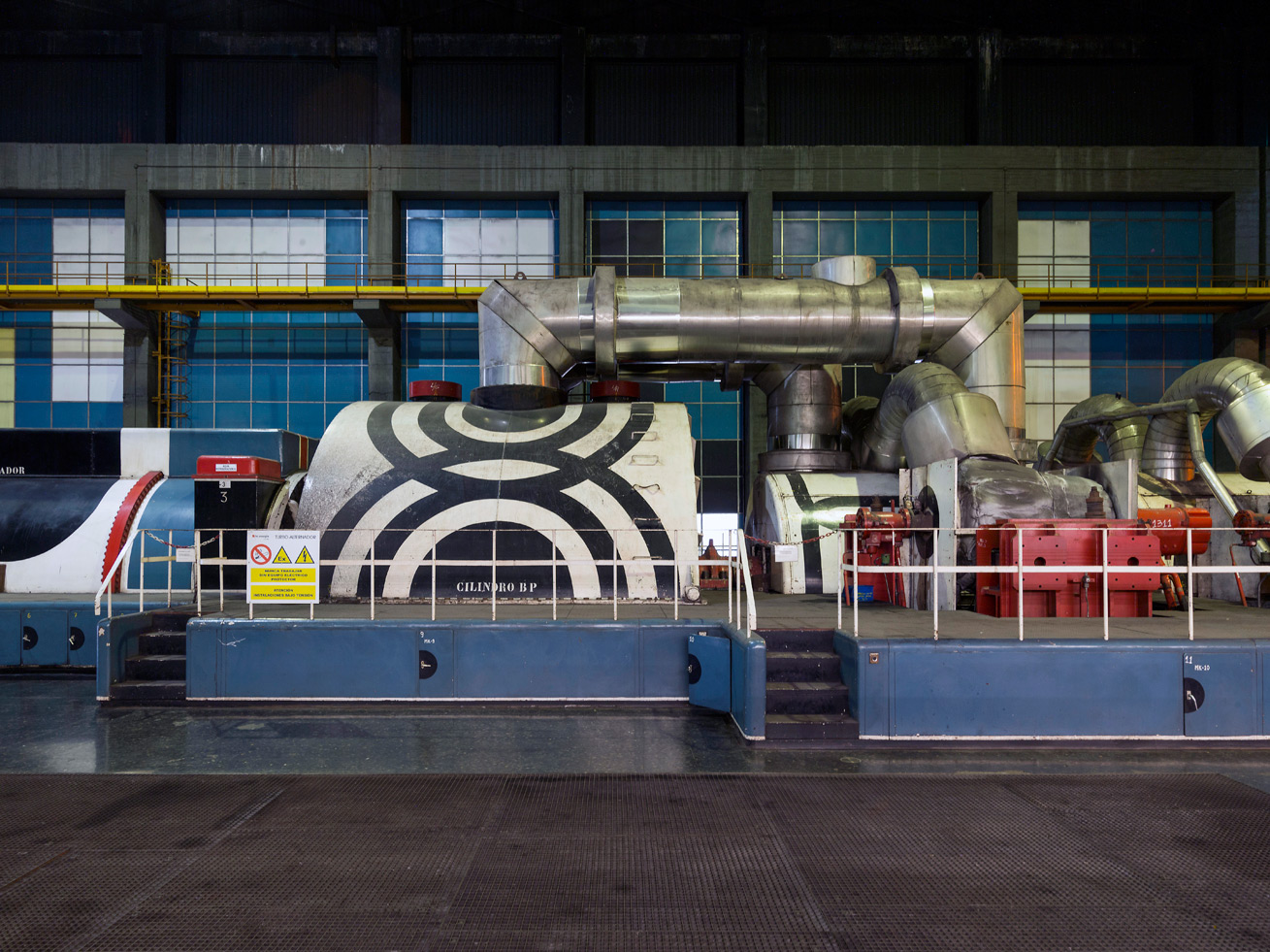
Proaza hydraulic power plant, Trubia River in Proaza, opened 1968, owned by EDP.
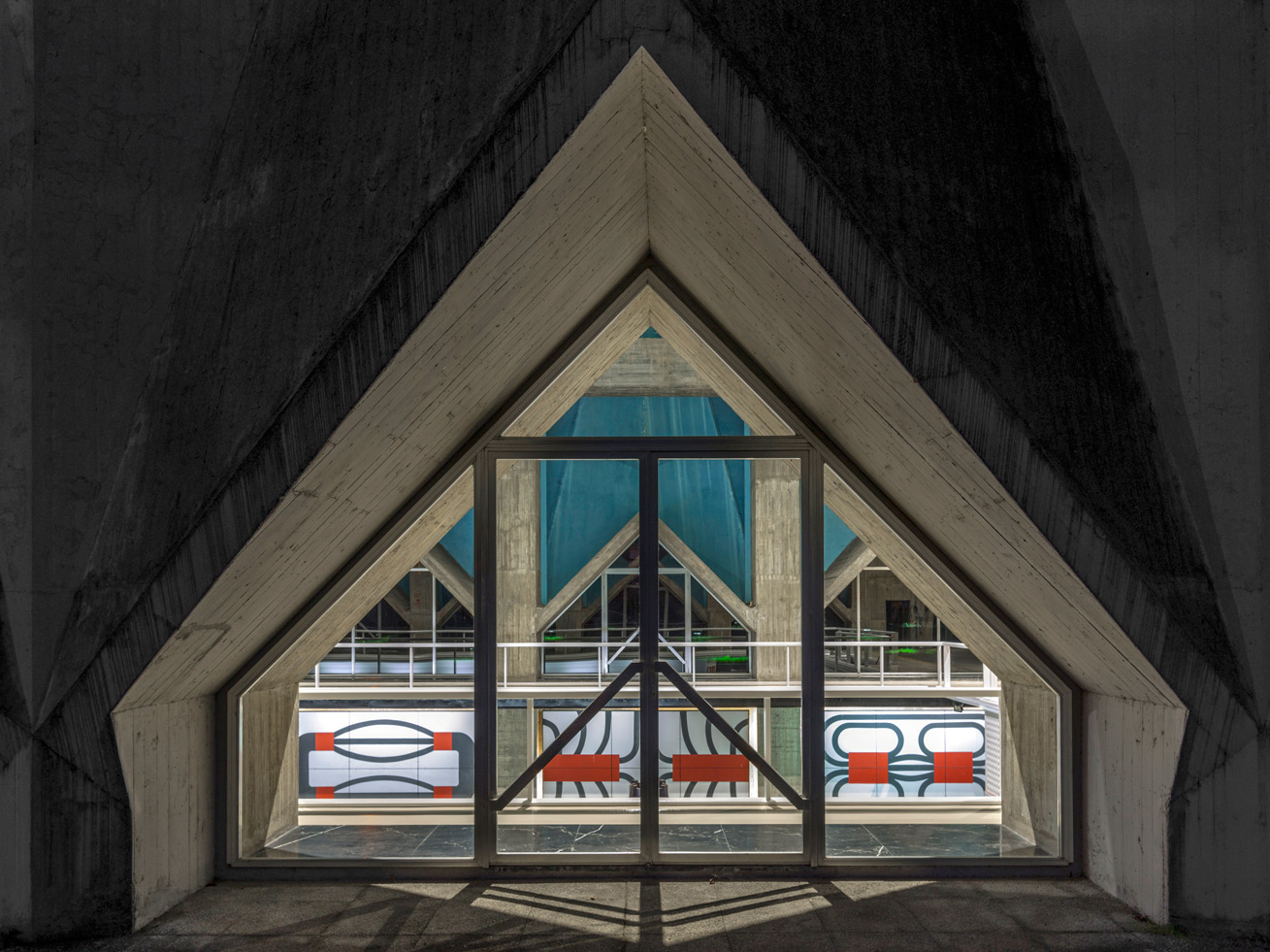
Proaza hydraulic power plant, Trubia River in Proaza, opened 1968, owned by EDP.
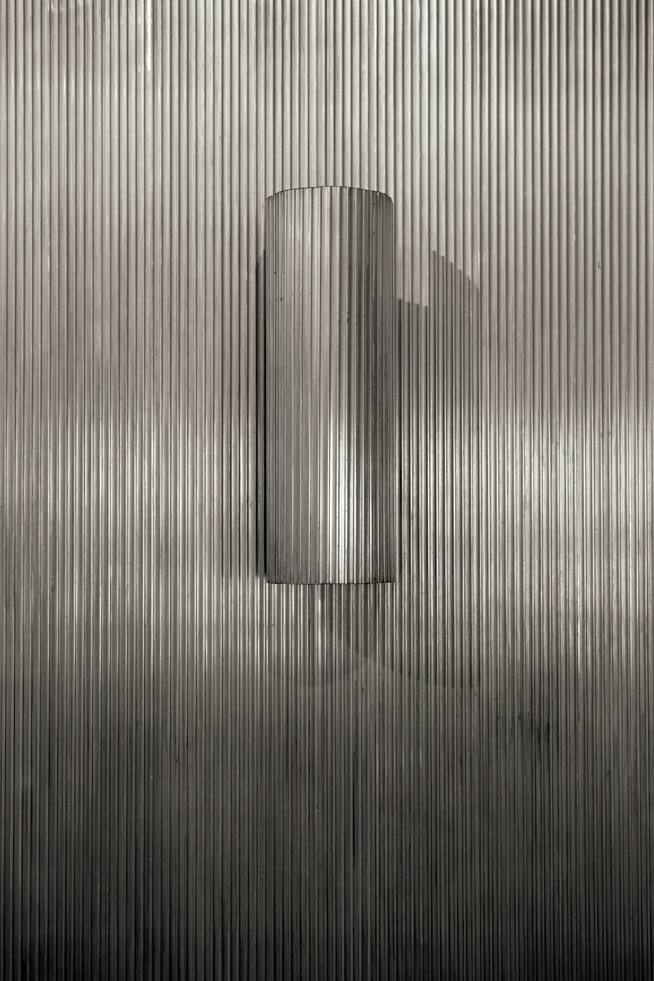
Miranda hydraulic power plant, Pigüeña River in Belmonte de Miranda, opened 1962, owned by EDP.

Salime hydraulic power plant, Rio Navia, opened 1954, owned by Saltos del Navia, CB.
INFORMATION
‘Joaquín Vaquero Palacios. La belleza de lo descomunal. Asturias 1954–1980’ is on view until 6 May. For more information, visit the Museo ICO website
ADDRESS
Museo ICO
Calle de Zorrilla 3
28014 Madrid
Yoko Choy is the China editor at Wallpaper* magazine, where she has contributed for over a decade. Her work has also been featured in numerous Chinese and international publications. As a creative and communications consultant, Yoko has worked with renowned institutions such as Art Basel and Beijing Design Week, as well as brands such as Hermès and Assouline. With dual bases in Hong Kong and Amsterdam, Yoko is an active participant in design awards judging panels and conferences, where she shares her mission of promoting cross-cultural exchange and translating insights from both the Eastern and Western worlds into a common creative language. Yoko is currently working on several exciting projects, including a sustainable lifestyle concept and a book on Chinese contemporary design.
-
 Why are Wayne Thiebaud’s paintings at the Courtauld quite so tempting?
Why are Wayne Thiebaud’s paintings at the Courtauld quite so tempting?The American artist’s thickly painted slices of cake at the Courtauld are some of our favourite artworks seen this year. What makes them so special?
-
 Taiwan’s new ‘museumbrary’ is a paradigm-shifting, cube-shaped cultural hub
Taiwan’s new ‘museumbrary’ is a paradigm-shifting, cube-shaped cultural hubPart museum, part library, the SANAA-designed Taichung Green Museumbrary contains a world of sweeping curves and flowing possibilities, immersed in a natural setting
-
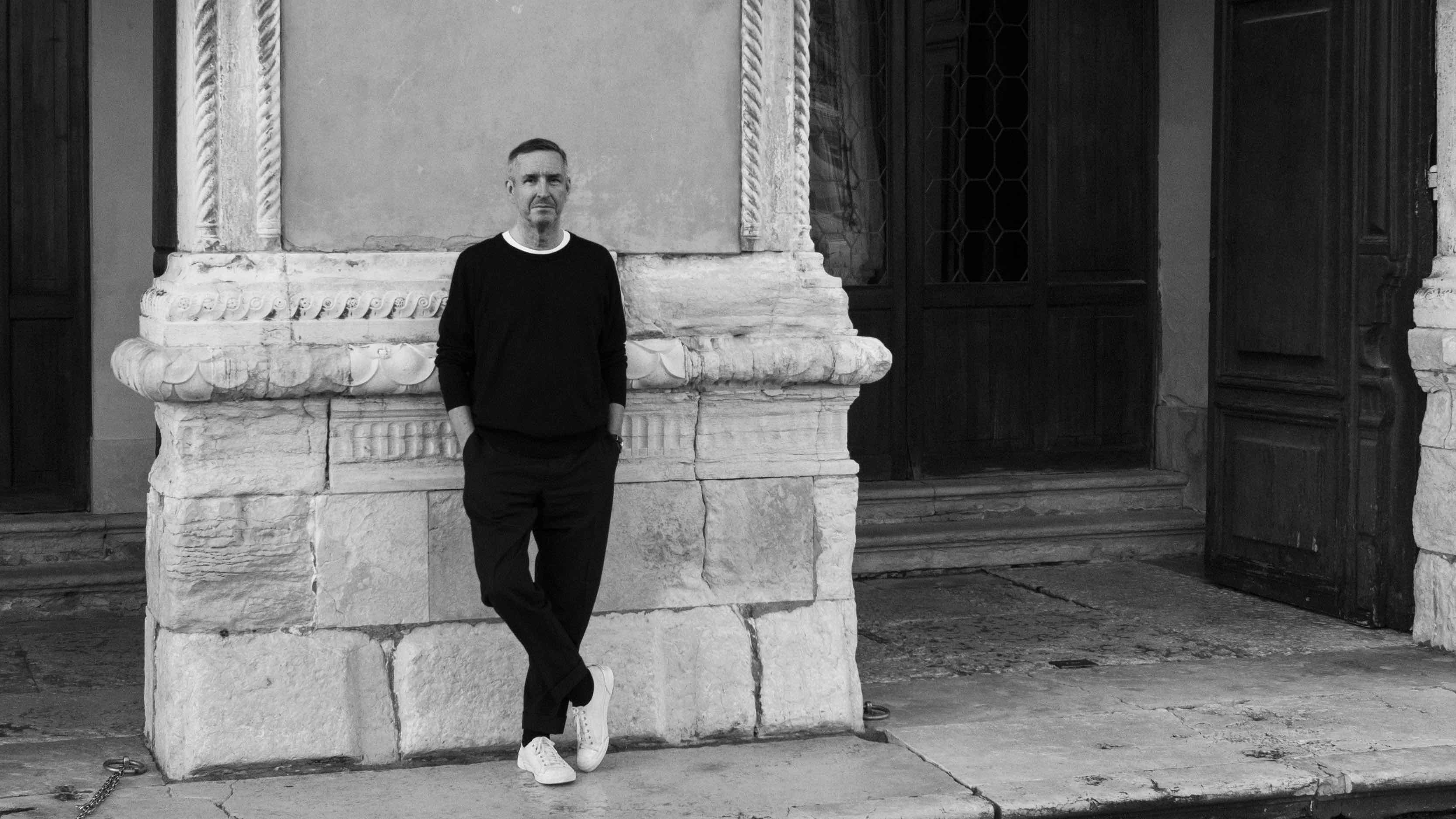 Dries van Noten on why he's building a new home for craft in Venice
Dries van Noten on why he's building a new home for craft in VeniceA year after departing the runway, Dries van Noten unveils his next chapter: the Fondazione Dries Van Noten, a newly announced cultural initiative in Venice celebrating craft in all its forms. Wallpaper meets the designer to find out why he’s not ready to retire.
-
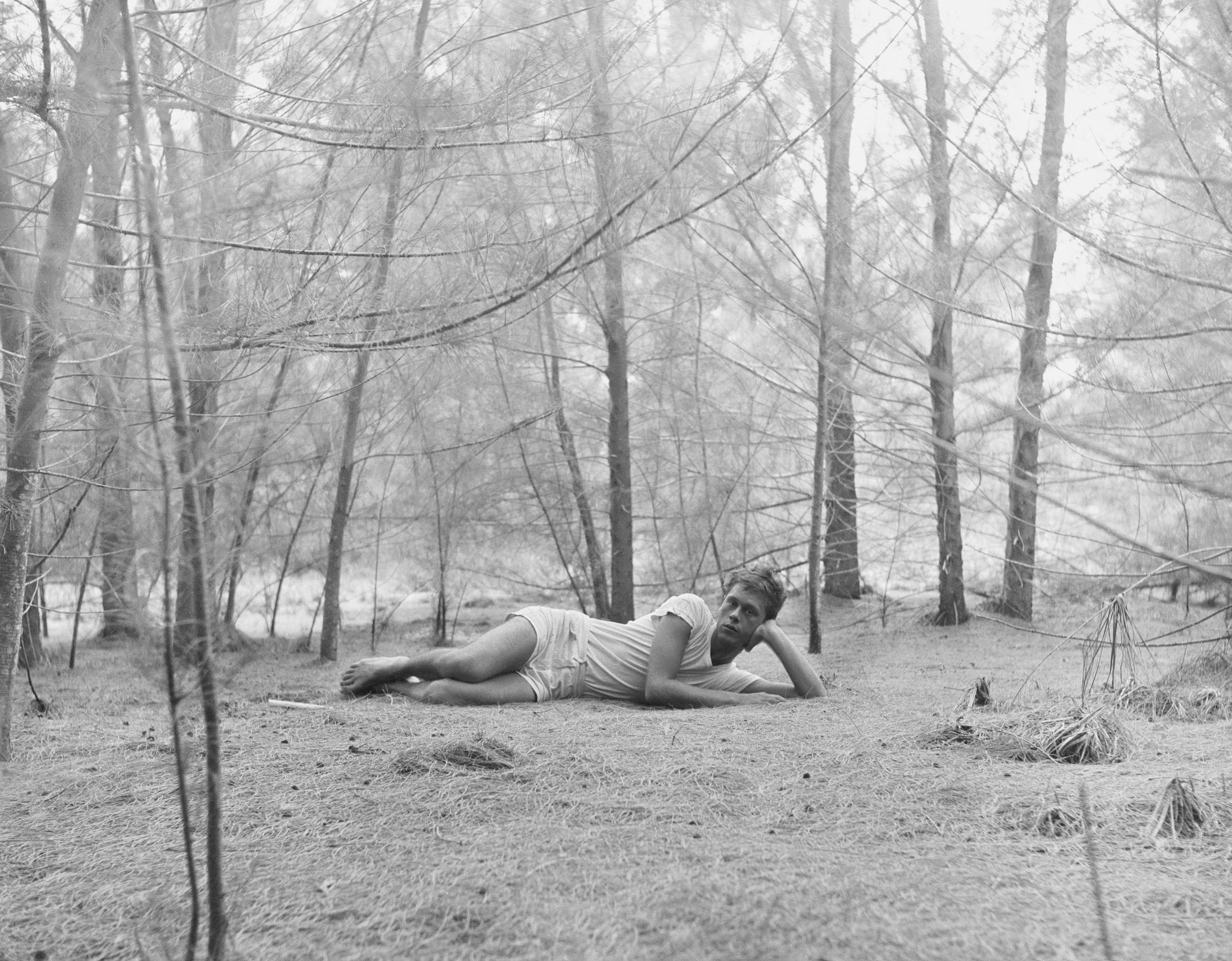 Inside the seductive and mischievous relationship between Paul Thek and Peter Hujar
Inside the seductive and mischievous relationship between Paul Thek and Peter HujarUntil now, little has been known about the deep friendship between artist Thek and photographer Hujar, something set to change with the release of their previously unpublished letters and photographs
-
 Nadia Lee Cohen distils a distant American memory into an unflinching new photo book
Nadia Lee Cohen distils a distant American memory into an unflinching new photo book‘Holy Ohio’ documents the British photographer and filmmaker’s personal journey as she reconnects with distant family and her earliest American memories
-
 This Gustav Klimt painting just became the second most expensive artwork ever sold – it has an incredible backstory
This Gustav Klimt painting just became the second most expensive artwork ever sold – it has an incredible backstorySold by Sotheby’s for a staggering $236.4 million, ‘Portrait of Elisabeth Lederer’ survived Nazi looting and became the key to its subject’s survival
-
 Meet Eva Helene Pade, the emerging artist redefining figurative painting
Meet Eva Helene Pade, the emerging artist redefining figurative paintingPade’s dreamlike figures in a crowd are currently on show at Thaddaeus Ropac London; she tells us about her need ‘to capture movements especially’
-
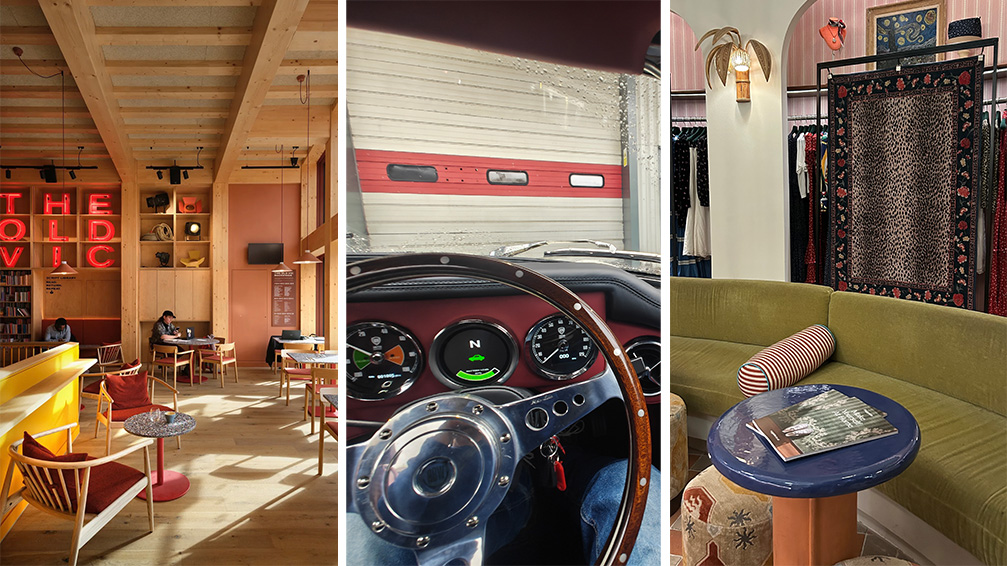 Out of office: The Wallpaper* editors’ picks of the week
Out of office: The Wallpaper* editors’ picks of the weekThe rain is falling, the nights are closing in, and it’s still a bit too early to get excited for Christmas, but this week, the Wallpaper* team brought warmth to the gloom with cosy interiors, good books, and a Hebridean dram
-
 Inside Davé, Polaroids from a little-known Paris hotspot where the A-list played
Inside Davé, Polaroids from a little-known Paris hotspot where the A-list playedChinese restaurant Davé drew in A-list celebrities for three decades. What happened behind closed doors? A new book of Polaroids looks back
-
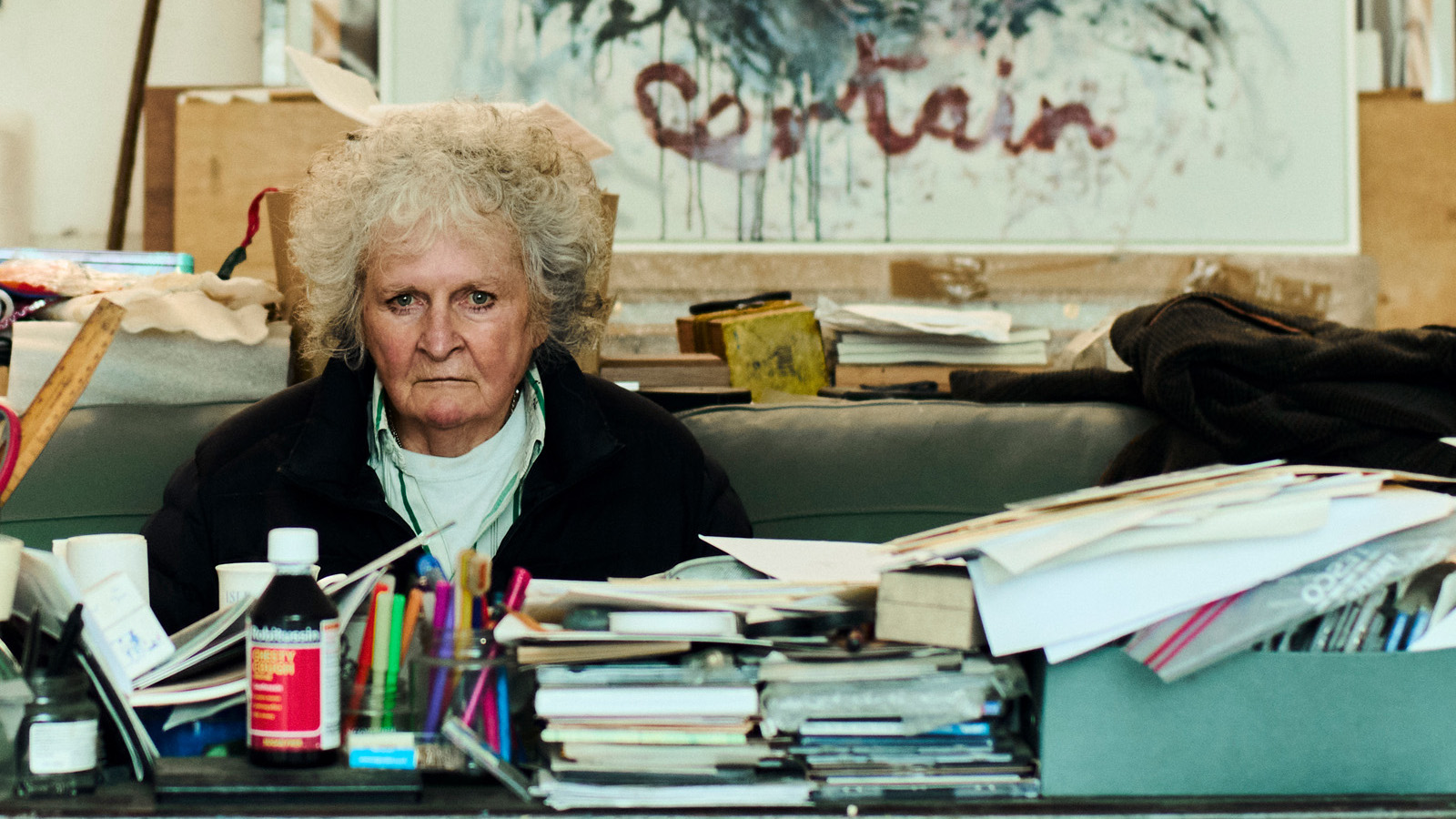 Maggi Hambling at 80: what next?
Maggi Hambling at 80: what next?To mark a significant year, artist Maggi Hambling is unveiling both a joint London exhibition with friend Sarah Lucas and a new Rizzoli monograph. We visit her in the studio
-
 Inside the process of creating the one-of-a-kind book edition gifted to the Booker Prize shortlisted authors
Inside the process of creating the one-of-a-kind book edition gifted to the Booker Prize shortlisted authorsFor over 30 years each work on the Booker Prize shortlist are assigned an artisan bookbinder to produce a one-off edition for the author. We meet one of the artists behind this year’s creations